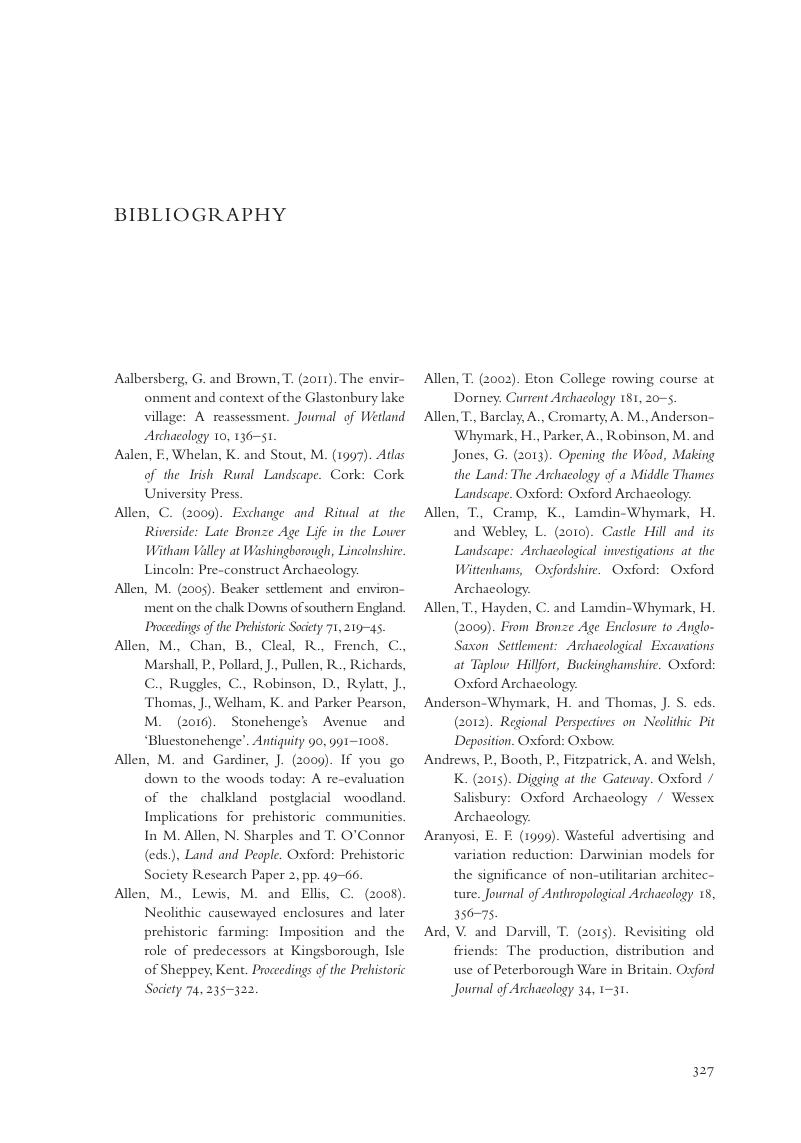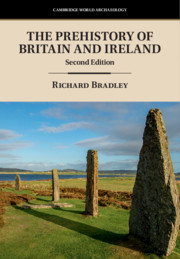Book contents
- THE PREHISTORY OF BRITAIN AND IRELAND
- Cambridge World Archaeology
- Frontispiece
- The Prehistory of Britain and Ireland
- Copyright page
- Contents
- Preface to the Second Edition
- Chapter 1 The Offshore Islands
- Chapter 2 A New Beginning
- Chapter 3 North, South, East, and West
- Chapter 4 A World Elsewhere
- Chapter 5 Ploughshares into Swords
- Chapter 6 The Ending of Prehistory
- Bibliography
- Index
- References
Bibliography
Published online by Cambridge University Press: 06 May 2019
- THE PREHISTORY OF BRITAIN AND IRELAND
- Cambridge World Archaeology
- Frontispiece
- The Prehistory of Britain and Ireland
- Copyright page
- Contents
- Preface to the Second Edition
- Chapter 1 The Offshore Islands
- Chapter 2 A New Beginning
- Chapter 3 North, South, East, and West
- Chapter 4 A World Elsewhere
- Chapter 5 Ploughshares into Swords
- Chapter 6 The Ending of Prehistory
- Bibliography
- Index
- References
Summary

- Type
- Chapter
- Information
- The Prehistory of Britain and Ireland , pp. 327 - 368Publisher: Cambridge University PressPrint publication year: 2019



